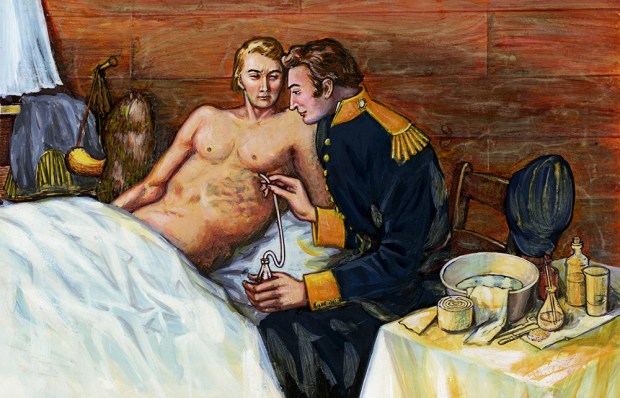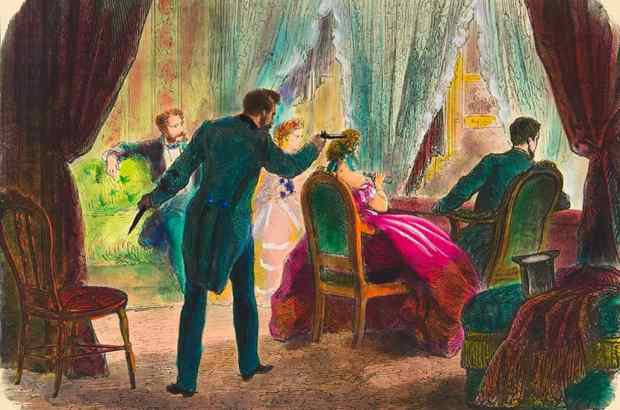How to review a book that pokes fun at critics? When the protagonist of María Gainza’s Portrait of an Unknown Lady reads reviews, she tends to ‘scan the first five or six lines, skip to the last two or three, and end up thinking, what’s with these people?’ When she becomes an art critic, she takes up the ‘language of the shyster, empty language, language just to occupy column inches’. And you can bet she has readers hanging on her every word – as we do in this story of the quest to find a legendary art forger who one day disappeared.
It feels like the Argentine writer is having fun in the follow up to her dazzling debut Optic Nerve. A detective novel of sorts, this second novel is set in the Buenos Aires art world. It follows an unnamed young woman who lands a job in the fine art valuations department of Ciudad Bank as the ‘personal slave’ of Enriqueta Macedo, the country’s pre-eminent expert in art authentication. Over conversations in a sauna, Macedo spills her secrets about passing off fake paintings as genuine, and after she dies a mysterious death, our protagonist becomes obsessed with finding the great counterfeiter Renée.
The trail takes her from the auction house to the national criminal appeals chamber, via interviews with octogenarians found in Enriqueta’s Rolodex, all of whom have opinions on Renée but no facts – ‘dry bits of rubble which became truths merely by dint of repetition’. This is a clever novel that explores the gap between what’s remembered and what’s real, and poses questions about the nature of originality and sincerity. ‘Who hasn’t at some time or another thought, oh, if only I were this or that person!’ exclaims the narrator. ‘Anyway, simulation, when it starts early, becomes part of a person’s character.’
Of course, fiction itself is simulation, as Gainza’s painterly prose reminds us. In her hands, smoggy evening light is ‘the colour of roasted apples’; Enriqueta moves ‘as fluidly as a signature’s flourish’; and an actress is ‘as dark and lush as chocolate fondant’. Early on, the narrator tells us not to expect names, numbers or dates in her attempted biography of Renée: ‘My techniques are those of the impressionist.’ No wonder she finishes up her reviews – the ones written with the empty language – with ‘some rhapsodic flourish’.
Got something to add? Join the discussion and comment below.
Get 10 issues for just $10
Subscribe to The Spectator Australia today for the next 10 magazine issues, plus full online access, for just $10.
You might disagree with half of it, but you’ll enjoy reading all of it. Try your first month for free, then just $2 a week for the remainder of your first year.














Comments
Don't miss out
Join the conversation with other Spectator Australia readers. Subscribe to leave a comment.
SUBSCRIBEAlready a subscriber? Log in